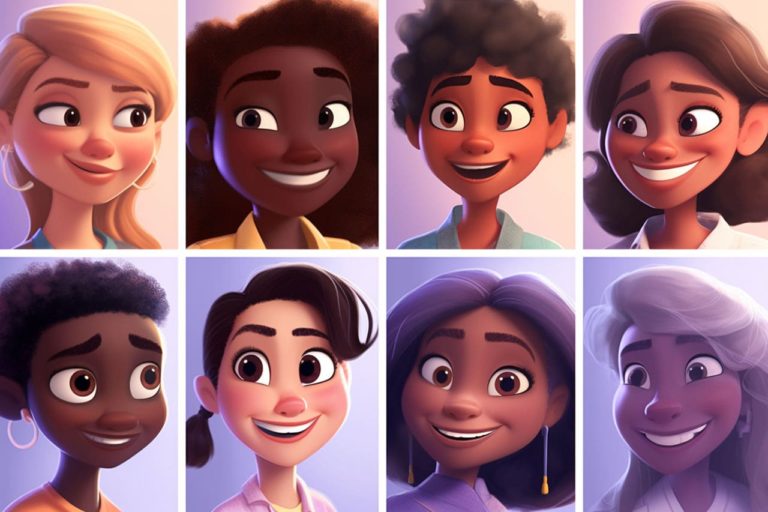The art world has long been criticized for its lack of diversity and inclusion. For decades, the industry has been dominated by a narrow group of artists, often excluding those from marginalized communities. However, in recent years, there has been a growing movement to promote diversity and inclusion in the art world.
Many art institutions and galleries are beginning to recognize the importance of promoting diversity and inclusion in their collections and programming. They are actively seeking out and promoting artists from underrepresented groups, such as women, people of color, LGBTQ+ artists, and artists with disabilities. This has led to a greater diversity of voices and perspectives in the art world, and a more inclusive approach to art.
In addition to promoting diverse artists, many institutions are also taking steps to make their spaces more inclusive. This includes providing accessible spaces for people with disabilities, offering translations for non-English speakers, and creating safe spaces for marginalized communities.
Another important aspect of promoting diversity and inclusion in art is education. Many museums and galleries are offering educational programs that highlight the work of diverse artists and provide a platform for underrepresented communities to share their experiences and perspectives. This is helping to create a more informed and empathetic audience for art, and is also helping to break down stereotypes and prejudices.
However, despite the progress that has been made, there is still a long way to go to achieve true diversity and inclusion in the art world. Many artists from underrepresented groups still face significant barriers to entry, such as lack of access to resources, limited exposure to art networks, and bias from gatekeepers in the industry. It is important that the art world continues to push for greater diversity and inclusion, and that we all work to create a more equitable and just society.
Promoting diversity and inclusion in the art world is not only important for creating a more just and equitable society, but also for enriching the world of art. By embracing a more diverse range of artists and perspectives, we can create a more vibrant and dynamic art world that truly reflects the diversity of the human experience.
Frequently Asked Questions about Diversity and Inclusion in the Art World
Q: What is the importance of diversity and inclusion in the art world?
A: The importance of diversity and inclusion in the art world lies in creating a more just and equitable society, as well as enriching the world of art. By promoting a more diverse range of artists and perspectives, we can create a more vibrant and dynamic art world that truly reflects the diversity of the human experience.
Q: How are art institutions promoting diversity and inclusion in their collections and programming?
A: Art institutions are actively seeking out and promoting artists from underrepresented groups, such as women, people of color, LGBTQ+ artists, and artists with disabilities. They are also taking steps to make their spaces more inclusive, such as providing accessible spaces for people with disabilities, offering translations for non-English speakers, and creating safe spaces for marginalized communities.
Q: What barriers do underrepresented artists face in the art world?
A: Underrepresented artists face significant barriers to entry, such as lack of access to resources, limited exposure to art networks, and bias from gatekeepers in the industry. These barriers make it difficult for underrepresented artists to gain recognition for their work and to achieve the same level of success as more privileged artists.
Q: How can we promote diversity and inclusion in the art world?
A: We can promote diversity and inclusion in the art world by actively seeking out and promoting artists from underrepresented groups, creating more accessible and inclusive spaces, and offering educational programs that highlight the work of diverse artists and provide a platform for underrepresented communities to share their experiences and perspectives. It is also important to address the structural barriers that underrepresented artists face in the industry, such as lack of access to resources and biased gatekeeping.
